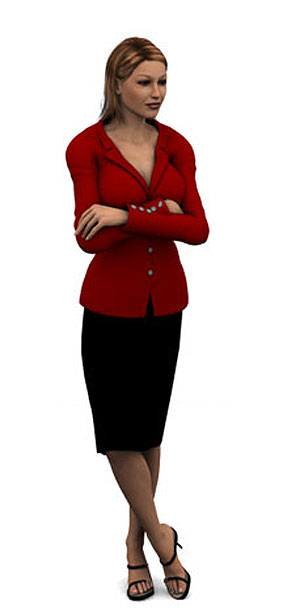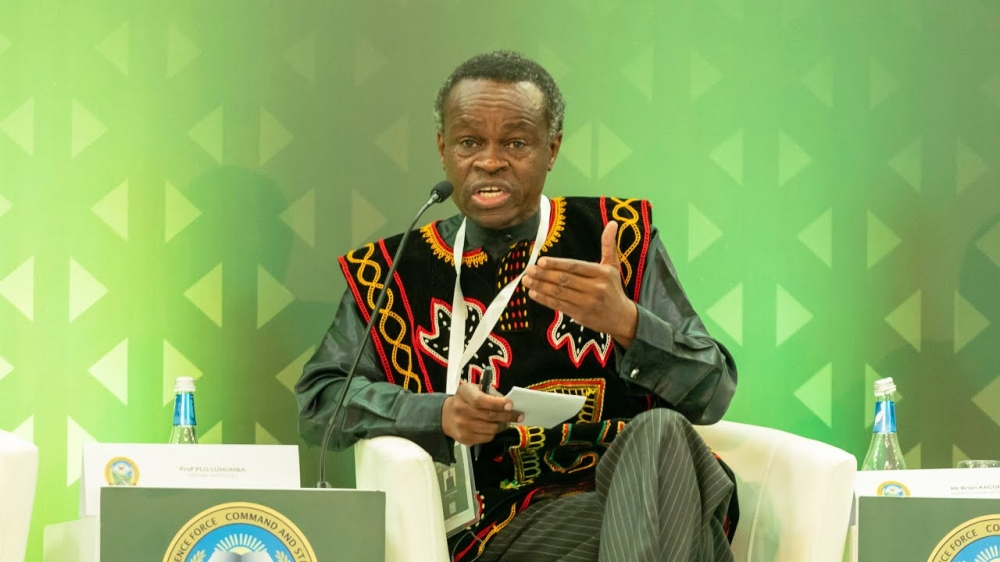Our bodies are always sending silent messages to people around us. Our postures, our movements, our gestures and facial expression on our faces can all send signals to onlookers. Postures suggest attitudes. Movements simplify and adjust our positions in relation to people and objects.


Our bodies are always sending silent messages to people around us. Our postures, our movements, our gestures and facial expression on our faces can all send signals to onlookers. Postures suggest attitudes. Movements simplify and adjust our positions in relation to people and objects.
Gestures are signals indicating or emphasizing our desires and feelings. Facial expressions reveal impressions and emotions. This kind of communication is called body language or Non-verbal communication.
The look on a person’s face can tell us a great deal about that person’s feelings. People who make eye contact with us indicate that they want us to notice them. A smile shows that a person wants to be friendly and pleasant. People grit their teeth and scowl when they are angry.
They frown when they are puzzled and they raise their eyebrows when they are surprised. A grin is a sign of pleasure or amusement while a grimace suggests pain or disgust. Someone winking at you is probably sending a secret message. Contempt may be shown by a sneer. In short our faces are like open books in which observers can read all sorts of messages.
Similarly, the gestures which we make with parts of our bodies convey strong messages. A shake of the head says "no” while a nod says "yes”. We shrug to say we do not know or we do not care. Someone can beckon you or dismiss you with a hand signal. Pointing a finger at someone may mean an attack or accusation.
You can distance yourself from a person by simply folding your hands before them. As the saying goes ‘people appear bright until you hear them speak’, even without moving much, our bodies betray our attitudes and emotions. A confident person stands straight, with squared shoulders, a focused look and a level chin.
A bowed head, dropping shoulders and bent knees are signs of a defeated or humbled person. In despair or deep sorrow people tend to sit huddled in a kind of heap, with a hand on the cheek, staring straight ahead at nothing in particular. Contentment and satisfaction are shown by a relaxed, laid-back posture.
The body in motion is a real source of information. Every change of position you make has a meaning. Even more importantly, the way in which you make a movement conveys a message. Think, for example, of the many different ways in which you can walk into a room. You can stride in, strut in or swagger in. On the other hand you can shuffle in, slouch in or skulk in. what do each movements suggest?
Equally important, the positions we take in relation to one another are meaningful. Physical closeness suggests closeness of feelings. Sitting or standing apart from people shows that you do not want to have anything to do with them.
In connection, it is crucial to respect other peoples’ space. If you plant yourself in front of them, you obstruct their view. Remember that our body language can create a bad or good impression on others.
Ends




